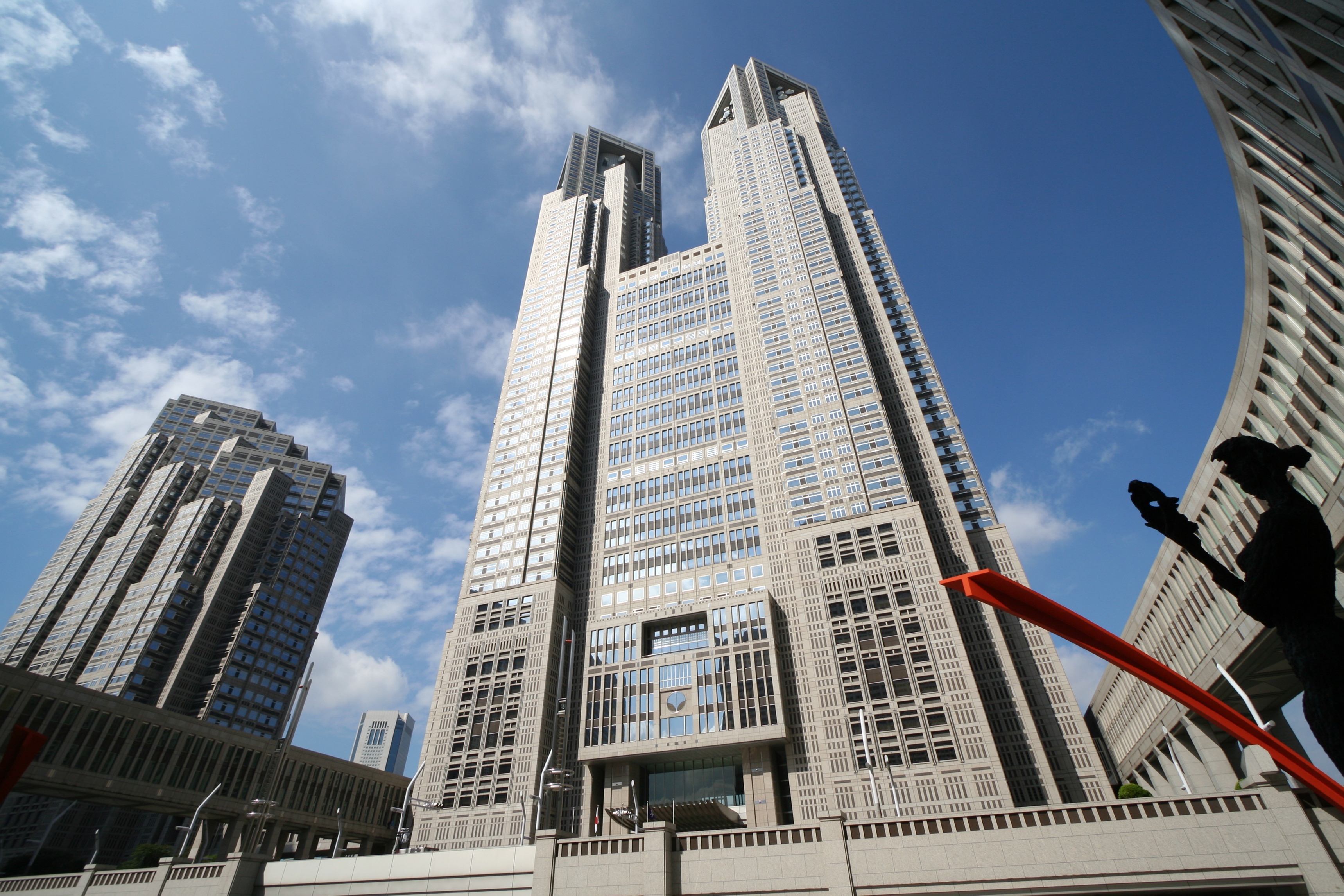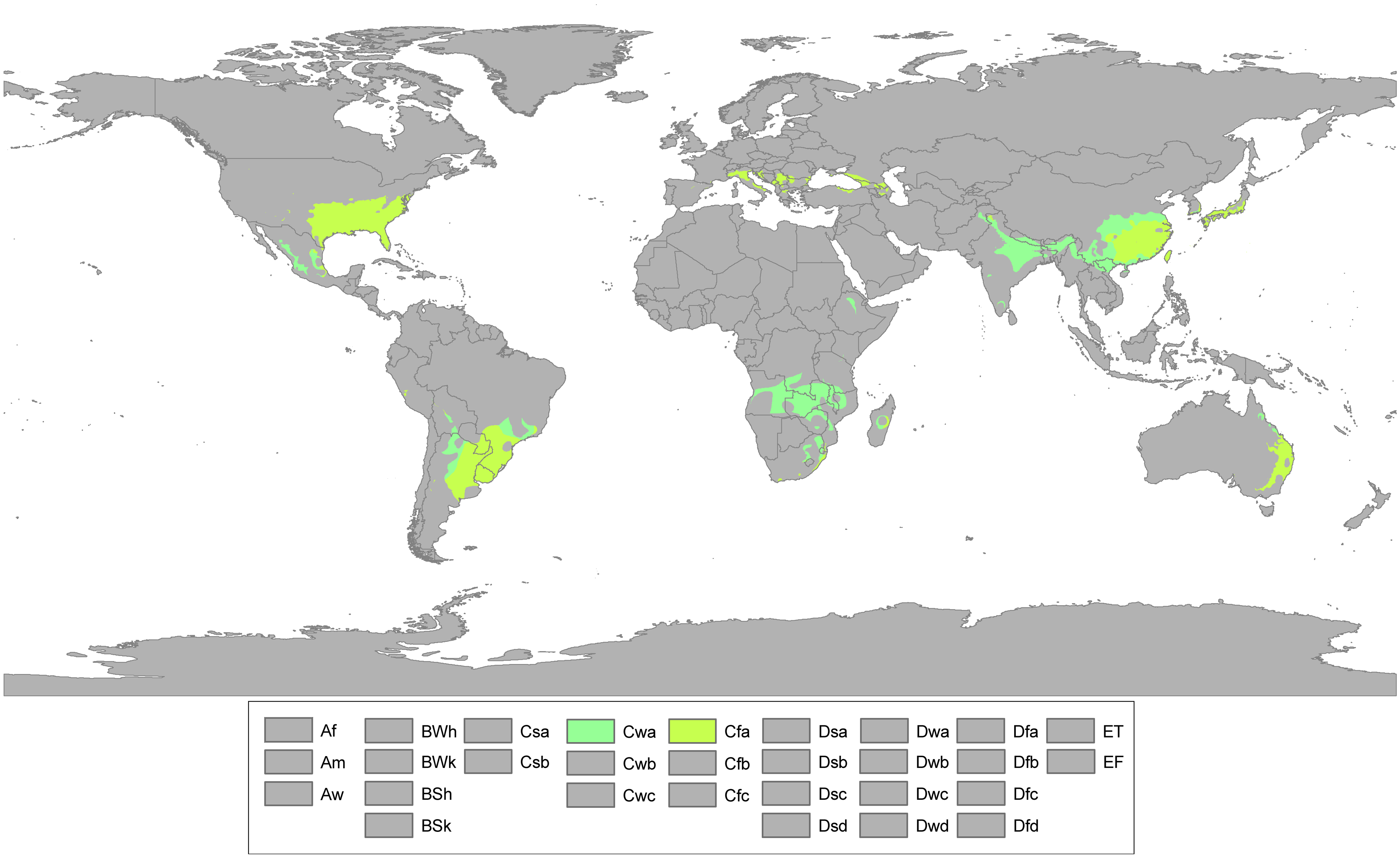|
Fussa
is a city located in the western portion of Tokyo Metropolis, Japan. , the city had an estimated population of 56,786, and a population density of 5600 persons per km². The total area of the city is . About one third of the city area is occupied by the United States Air Force Yokota Air Base, giving the city an effective population density of 8,782 persons per km2. Geography Fussa is approximately in the geographic center of Tokyo Metropolis, on the Musashino Terrace, bordered by the floodplains of the Tama River. The land slopes gently from north to south, with an elevation of 124 meters above sea level at the location of the city hall, which is almost at the geographic center of the city area. The highest elevation is 143.5 meters in the northeast, and the lowest is 104 meters in the southwest. The area along the river is home to many parks and almost 300 cherry blossom trees, recreational facilities and bicycle paths. Surrounding municipalities Tokyo Metropolis *Hamura * ... [...More Info...] [...Related Items...] OR: [Wikipedia] [Google] [Baidu] |
Yokota Air Base
, is a Japan Air Self-Defense Force (JASDF) and United States Air Force (USAF) base in the Tama Area, or Western Tokyo. It occupies portions of Akishima, Fussa, Hamura, Mizuho, Musashimurayama, and Tachikawa. The base houses 14,000 personnel. It occupies a total area of and has a runway. It features the JASDF Air Defense Command Headquarters (ADC headquarters) since 26 March 2012. The headquarters of United States Forces Japan is also located there. Other base facilities are the broadcast center for the American Forces Network Tokyo radio service and a detachment of Pacific Air Forces' Band of the Pacific. History Tama Airfield The facility which houses Yokota Air Base was originally constructed by the Imperial Japanese Army (IJA) in 1940 as Tama Airfield, and used as a flight test center. During World War II Yokota became the center of Japanese Army Air Forces flight test activities and the base was the site of the first meeting between Japanese and Italian war ... [...More Info...] [...Related Items...] OR: [Wikipedia] [Google] [Baidu] |
Hamura, Tokyo
is a city located in the western portion of Tokyo Metropolis, Japan. , the city had an estimated population of 54,622, and a population density of 5500 persons per km². The total area of the city was . Geography Hamura is approximately in the west-center of Tokyo Metropolis, on the Musashino Terrace. It flanks the Tama River about upriver from the mouth. Hamura is composed of the following neighborhoods: Fujimidaira, Futabacho, Gonokami, Hane, Hanehigashi, Kawasaki, Midorigaoka, Ozakudai, Shinmeidai, Tamagawa, Yokotakichinai. Surrounding municipalities Tokyo Metropolis * Ōme * Akiruno * Fussa * Mizuho Climate Hamura has a Humid subtropical climate (Köppen ''Cfa'') characterized by warm summers and cool winters with light to no snowfall. The average annual temperature in Hamura is 13.4 °C. The average annual rainfall is 1998 mm with September as the wettest month. The temperatures are highest on average in August, at around 25.0 °C, and lowest in January, ... [...More Info...] [...Related Items...] OR: [Wikipedia] [Google] [Baidu] |
Tokyo Metropolis
Tokyo (; ja, 東京, , ), officially the Tokyo Metropolis ( ja, 東京都, label=none, ), is the capital and largest city of Japan. Formerly known as Edo, its metropolitan area () is the most populous in the world, with an estimated 37.468 million residents ; the city proper has a population of 13.99 million people. Located at the head of Tokyo Bay, the prefecture forms part of the Kantō region on the central coast of Honshu, Japan's largest island. Tokyo serves as Japan's economic center and is the seat of both the Japanese government and the Emperor of Japan. Originally a fishing village named Edo, the city became politically prominent in 1603, when it became the seat of the Tokugawa shogunate. By the mid-18th century, Edo was one of the most populous cities in the world with a population of over one million people. Following the Meiji Restoration of 1868, the imperial capital in Kyoto was moved to Edo, which was renamed "Tokyo" (). Tokyo was devastate ... [...More Info...] [...Related Items...] OR: [Wikipedia] [Google] [Baidu] |
Tokyo
Tokyo (; ja, 東京, , ), officially the Tokyo Metropolis ( ja, 東京都, label=none, ), is the capital and List of cities in Japan, largest city of Japan. Formerly known as Edo, its metropolitan area () is the most populous in the world, with an estimated 37.468 million residents ; the city proper has a population of 13.99 million people. Located at the head of Tokyo Bay, the prefecture forms part of the Kantō region on the central coast of Honshu, Japan's largest island. Tokyo serves as Economy of Japan, Japan's economic center and is the seat of both the Government of Japan, Japanese government and the Emperor of Japan. Originally a fishing village named Edo, the city became politically prominent in 1603, when it became the seat of the Tokugawa shogunate. By the mid-18th century, Edo was one of the most populous cities in the world with a population of over one million people. Following the Meiji Restoration of 1868, the imperial capital in Kyoto was mov ... [...More Info...] [...Related Items...] OR: [Wikipedia] [Google] [Baidu] |
Musashimurayama, Tokyo
is a city located in the western side of Tokyo, Japan. , the city had an estimated population of 72,021 in 32,234 households, and a population density of 4,700 people per km². The total area of the city is . Geography Musashimurayama is located in north-central Tokyo Metropolis, bordered by Saitama Prefecture to the north. Upstream tributaries of the Arakawa River and Tama River flow through the city. The Sayama Hills run from west to east in the northern part of the city. The south side of the hill is on the western edge of the Musashino Plateau. Surrounding municipalities Tokyo Metropolis *Higashiyamato * Fussa * Mizuho * Tachikawa Saitama Prefecture *Tokorozawa Climate Musashimurayama has a humid subtropical climate (Köppen ''Cfa'') characterized by warm summers and cool winters with light to no snowfall. The average annual temperature in Musashimurayama is . The average annual rainfall is with September as the wettest month. The temperatures are highest on average ... [...More Info...] [...Related Items...] OR: [Wikipedia] [Google] [Baidu] |
Mizuho, Tokyo
is a town located in the western portion of Tokyo Metropolis, Japan. , the town had an estimated population of 32,458, and a population density of 1900 persons per km². The total area of the town is . Geography Mizuho is located in the foothills of the Okutama Mountains of western Tokyo, bordered by Saitama Prefecture to the north. Surrounding municipalities Tokyo Metropolis *Hamura (to the west) * Ōme (to the west) * Fussa (to the south) * Musashimurayama (to the east) Saitama Prefecture * Iruma (to the north) *Tokorozawa (to the east) Climate Mizuho has a Humid subtropical climate (Köppen ''Cfa'') characterized by warm summers and cool winters with light to no snowfall. The average annual temperature in Mizuho is 13.4 °C. The average annual rainfall is 1998 mm with September as the wettest month. The temperatures are highest on average in August, at around 25.0 °C, and lowest in January, at around 1.7 °C. Demographics Per Japanese census data, th ... [...More Info...] [...Related Items...] OR: [Wikipedia] [Google] [Baidu] |
Akiruno, Tokyo
260px, Akigawa River in the autumn is a city located in the western portion of Tokyo Metropolis, Japan. , the city had an estimated population of 80,177, and a population density of 1100 persons per km2. The total area of the city is . Geography Akiruno is located in the foothills of the Okutama Mountains of western Tokyo, approximately 40-50 kilometers from the center of Tokyo. The Aki River and Hirai River flow through the city. It measures approximately 18 kilometers form east-to-west by 12.7 kilometers from north-to-south. Because of its rich nature and calm surroundings compared to central Tokyo, and because of access to transportation, many tourists choose Akiruno for their vacation. Especially Seoto-no-yo Spa is famous for its high quality alkaline spring and is referred to as the “beautiful skin spa”. Also, Akiruno is one of the most popular place for BBQ, biking and hiking. One of the most famous trail running cups in Japan, The Hasetsune Cup, is held in Akiruno. ... [...More Info...] [...Related Items...] OR: [Wikipedia] [Google] [Baidu] |
Tachikawa, Tokyo
file:Autumn colors in Showa memorial park.jpg, 250px, Showa Memorial Park is a Cities of Japan, city located in the western portion of Tokyo Metropolis, Japan. , the city had an estimated population of 184,383 in 93,428 households, and a population density of 7600 persons per km2. The total area of the city was . Geography Tachikawa is located on the Musashino Terrace of western Tokyo, approximately 40 km west of the center of Tokyo. The Tama River flows between Tachikawa and the neighboring city of Hino. The ''Tamagawa-jousui'' (Tamagawa Aqueduct) flows north of the city, with a great promenade on both banks. Surrounding municipalities Tokyo Metropolis *Kunitachi, Tokyo, Kunitachi *Hino, Tokyo, Hino *Akishima, Tokyo, Akishima *Kokubunji, Tokyo, Kokubunji *Musashimurayama, Tokyo, Mushimurayama *Higashiyamato, Tokyo, Higashiyamato *Kodaira, Tokyo, Kodaira *Fussa, Tokyo, Fussa Climate Tachikawa has a Humid subtropical climate (Köppen ''Cfa'') characterized by warm summers ... [...More Info...] [...Related Items...] OR: [Wikipedia] [Google] [Baidu] |
Akishima, Tokyo
is a city located in the western portion of Tokyo Metropolis, Japan. , the city had an estimated population of 113,542, and a population density of 6500 persons per km². The total area of the city is . Geography Akishima is located on the left bank of the Tama River, about 35 kilometers west of central Tokyo. The Tamagawa Aqueduct flows in the northern part of the city. The city area generally slopes gently from northwest to southeast toward the Tama River, which flows to the south of the city. The altitude of the city area is 170.72 meters above sea level at the highest point and 76.68 meters at the lowest point. With the JR East Ome Line running east to west through the city as a boundary, housing estates, industrial parks, golf courses, and the Showa Memorial Park occupy a large area in the north. In the south, residential areas occupy a large proportion of them city area. Surrounding municipalities Tokyo Metropolis * Tachikawa * Fussa *Hachiōji *Hino Climate Akishima ... [...More Info...] [...Related Items...] OR: [Wikipedia] [Google] [Baidu] |
Humid Subtropical Climate
A humid subtropical climate is a zone of climate characterized by hot and humid summers, and cool to mild winters. These climates normally lie on the southeast side of all continents (except Antarctica), generally between latitudes 25° and 40° and are located poleward from adjacent tropical climates. It is also known as warm temperate climate in some climate classifications. Under the Köppen climate classification, ''Cfa'' and ''Cwa'' climates are either described as humid subtropical climates or warm temperate climates. This climate features mean temperature in the coldest month between (or ) and and mean temperature in the warmest month or higher. However, while some climatologists have opted to describe this climate type as a "humid subtropical climate", Köppen himself never used this term. The humid subtropical climate classification was officially created under the Trewartha climate classification. In this classification, climates are termed humid subtropical when ... [...More Info...] [...Related Items...] OR: [Wikipedia] [Google] [Baidu] |




